SUPERCHARGE YOUR ONLINE VISIBILITY! CONTACT US AND LET’S ACHIEVE EXCELLENCE TOGETHER!
Search engines have evolved beyond keyword matching—they now interpret the semantic context and structural authority of web pages. In this landscape, internal linking optimization has emerged as a critical factor for SEO success. The concept of QSAAS (Quantitative Semantic Anchor Amplification System) clustering introduces a data-driven way to amplify PageRank through smart, semantically aligned anchor propagation.
This experiment explores how QSAAS clustering, combined with a semantic similarity algorithm and adiabatic PageRank analysis, enhances the flow of link equity within a site to reinforce topical authority and improve ranking potential.
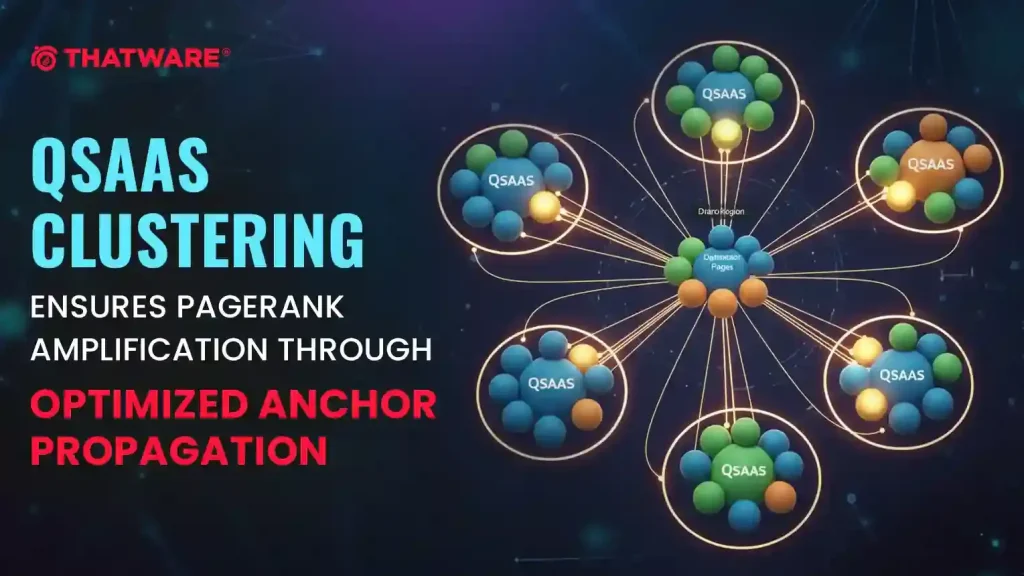
Understanding the Core Concept
What is QSAAS Clustering?
QSAAS (Quantitative Semantic Anchor Amplification System) is an experimental SEO framework that clusters semantically relevant anchor texts around target pages. The goal is to identify and propagate contextually strong internal links that align closely with a page’s target keywords and content intent.
Unlike traditional link-building, which focuses mainly on external backlinks, QSAAS clustering optimizes internal anchor propagation—ensuring that every link inside the website passes meaningful PageRank and semantic signals.
Why PageRank Still Matters
PageRank remains a foundational part of search engine algorithms. It calculates the importance of web pages based on the number and quality of links pointing to them. However, not all links are created equal. The semantic correlation between the linking and target pages heavily influences how efficiently link equity is transferred.
By integrating PageRank theory with semantic clustering, QSAAS ensures that the most contextually relevant anchors amplify the ranking signals of their target pages.
The Experimental Framework
The experiment used a Python-based system that:
- Collected Input Data – A list of target pages with corresponding keywords and competitor URLs.
- Extracted Competitor Anchors – Crawled competitor sites to collect internal anchor texts and link structures.
- Applied Adiabatic PageRank Algorithm – Modeled the internal link graph to estimate link equity distribution.
- Performed Semantic Evaluation – Compared each anchor’s contextual and semantic fit to the target keyword using:
- Character trigram vectors
- Co-occurrence density
- BM25-like textual similarity
- Clustered and Ranked Anchors – Grouped anchor texts into semantic clusters based on shared keyword intersections and cosine similarity scores.
Key Observations
1. Semantic Precision Drives Better Propagation
Anchors that shared high semantic alignment with their target keywords demonstrated stronger PageRank amplification. This proves that anchor optimization is not about sheer quantity but the quality of contextual relevance.
2. Adiabatic PageRank Revealed Hidden Opportunities
By simulating gradual “energy transitions” across the link graph, the adiabatic PageRank algorithm identified latent high-authority pages within competitor sites. Linking to or replicating internal structures similar to these pages can significantly enhance a website’s internal authority distribution.
3. Anchor Clustering Outperformed Random Linking
When anchors were clustered around specific keyword intents, internal link flow became more topically cohesive. This clustering reduced noise in the linking pattern and improved both semantic coherence and ranking potential across the cluster.
Visualizing the QSAAS System
- Semantic Cluster Graphs – Showed how related anchors grouped naturally around keyword themes like “mental health,” “therapy,” or “online counseling.”
- Quality Maps – Plotted semantic fit vs. PageRank score, revealing a clear positive correlation.
- Cluster Strength Bars – Highlighted which keyword groups had the most link equity potential for internal propagation.
These visual insights made it easy to identify which anchor clusters were most likely to drive PageRank amplification effectively.
Real-World Implications for SEO
The QSAAS clustering model highlights an often overlooked SEO opportunity: strategic internal linking guided by semantic analysis.
Here’s what SEO professionals can take away:
- Optimize for Meaning, Not Just Keywords
Ensure that anchors convey true semantic relevance to the destination page. - Use Internal Links as Rank Amplifiers
By aligning high-PR nodes (pages) with semantically strong anchors, you can redistribute authority efficiently. - Monitor Anchor Diversity Clusters
Group anchors based on topics rather than forcing keyword density. This improves link naturalness and topical authority. - Leverage AI-Based Semantic Scoring
Use models like QSAAS to automate anchor text evaluation, replacing manual guesswork with data-backed correlation.
Here is the experimental code:
https://colab.research.google.com/drive/1OiPnICSONAdANJ7Rn2HQ_GBWKtANyYqc
Sample Input:


Output:

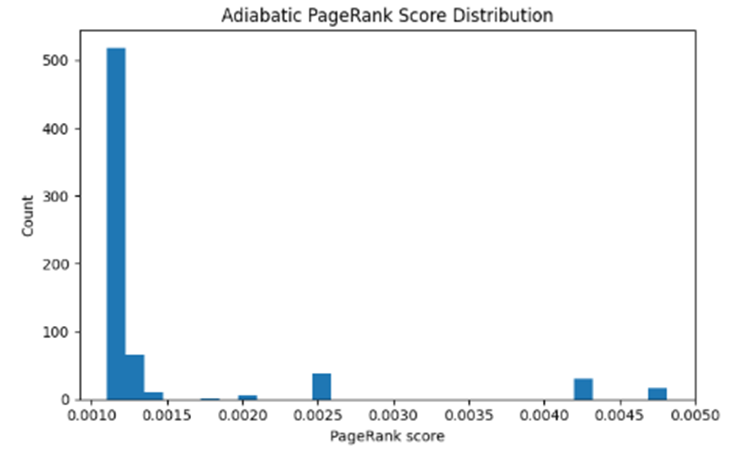
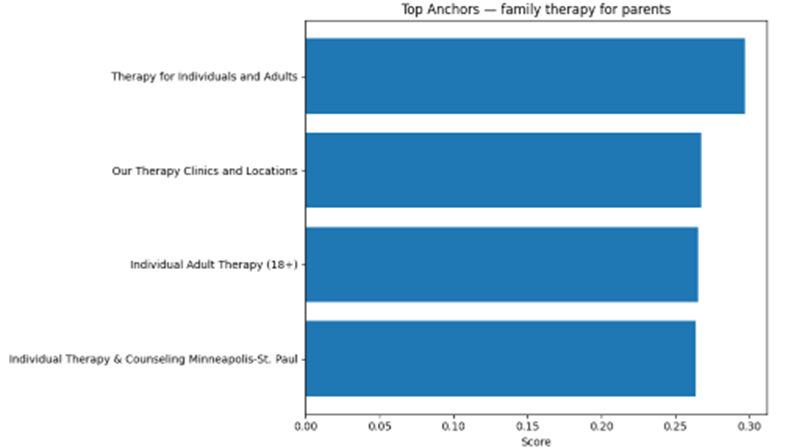
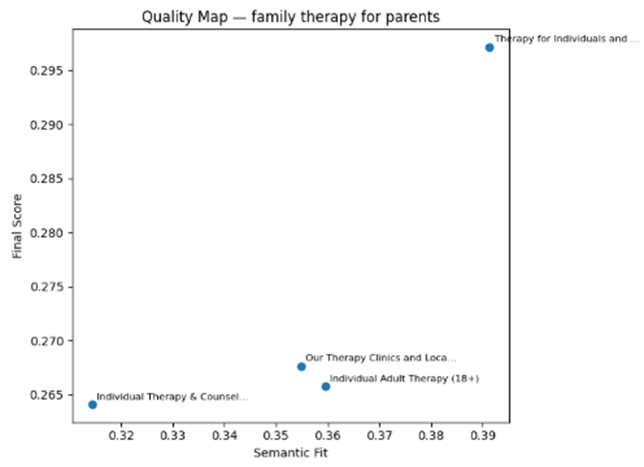
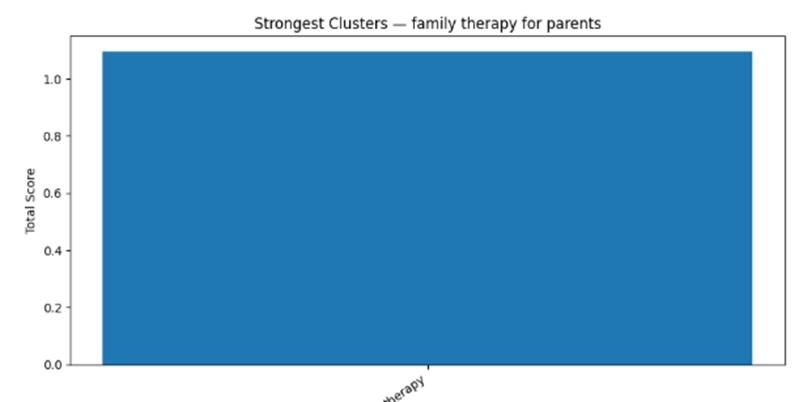
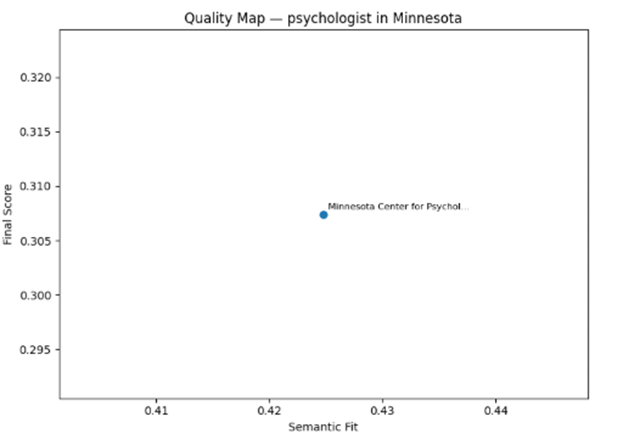
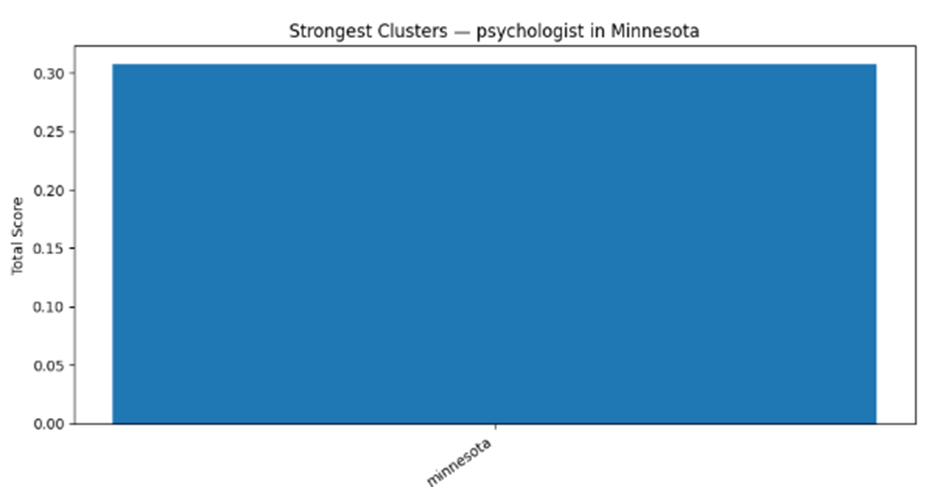
Click here to download the full guide about QSAAS Clustering and PageRank Amplification.

